Archive View
Grid View
List View

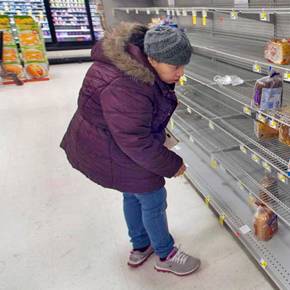


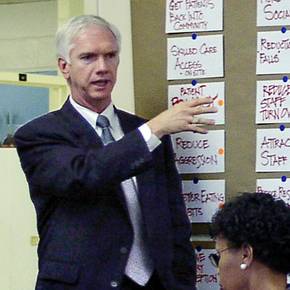
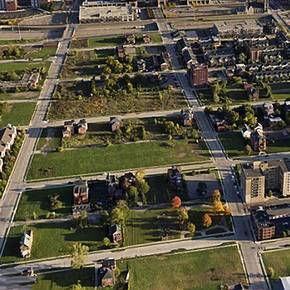
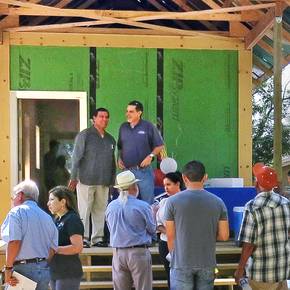

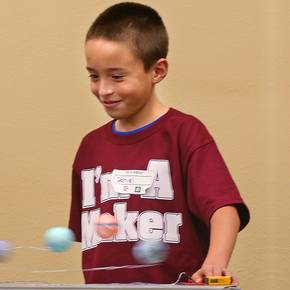
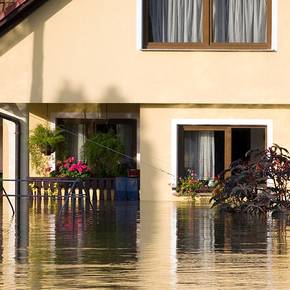



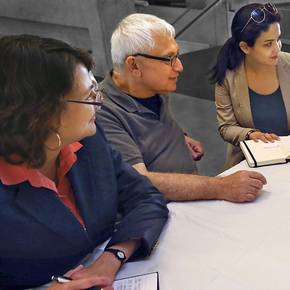
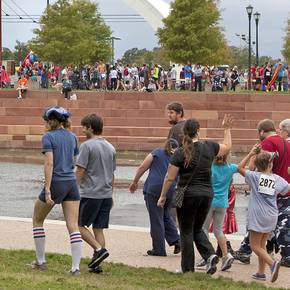
research gallery

Study eyes effect of ER doctor-nurse interface on patients
posted
November 16, 2016
Arsalan Gharaveis, a Texas A&M architecture Ph.D. student, is investigating the impact of physician-nurse interactions on emergency room patient care with help from a $7,500 Academy of Architecture for Health Foundation Legacy Fellowship.

HRRC eying how disasters influence food distribution
posted
October 11, 2016
Texas A&M University researchers are collaborating on an NSF initiative aimed at identifying links between the U.S. food distribution system and the nation’s energy, water and transportation networks that are most likely to be disrupted in a natural disaster.

Viz prof to learn if storytelling aids science learning
posted
September 30, 2016
Researchers will learn if the storytelling prowess of fourth-grade students aids their understanding of science concepts in a National Science Foundation project led by Sharon Lynn Chu, Texas A&M assistant professor of visualization.

Annual symposium showcased faculty research projects
posted
September 26, 2016
Faculty presented a wide array of projects at the college’s 18th annual research symposium, “Natural, Built, Virtual,” Oct. 24, 2016, at the Langford Architecture Center on the Texas A&M College Station campus.

Healthcare design expert tapped to lead research center
posted
September 1, 2016
Ray Pentecost, one of the nation’s foremost advocates and practitioners of healthcare facility evidence-based design, has been named director of the Texas A&M Center for Health Systems and Design by Jorge Vanegas, dean of the university’s College of Architecture.

The Atlantic Q&A with Newman eyes shrinking cities
posted
September 1, 2016
Once-vibrant Rust Belt cities are using scattershot approaches to grapple with growing areas of vacancy caused by population decline, said Galen Newman, assistant professor of urban planning at Texas A&M, in a July 20, 2016 article in The Atlantic.

Museum showcases HRRC-developed housing program
posted
July 21, 2016
Texas legislators are investigating the benefits of RAPIDO, a pilot program developed with recommendations from Texas A&M Hazard Reduction and Recovery Center, that dramatically reduces the time it takes to rebuild homes destroyed by natural disasters.

Climate project forsees more flood events in Houston
posted
May 4, 2016
Extreme rainfall events in Houston like the April 18, 2016 deluge will become more frequent in the future according to a study conducted for the Resilience and Climate Change Cooperative Project, an interdisciplinary research initiative at Texas A&M.

Viz prof heads NSF study leading youth to STEM careers
posted
May 3, 2016
Earthquakes destroyed an entire village as guests gathered to witness several cataclysmic scientific simulations staged by students at Bryan’s Neal Elementary School with a help from a team of Texas A&M researchers led by Francis Quek, professor of visualization.
Planning researchers develop ‘scorecard’ for hazard plans
posted
March 28, 2016
Urban planners can assess whether a community’s hazard plans target its most vulnerable areas with a scorecard developed in part by planning researchers at Texas A&M.

Profs evaluating plans' effects on hazard vulnerability
posted
February 24, 2016
Phil Berke, professor of urban planning, and Jennifer Horney, Texas A&M associate professor of epidemiology and biostatistics, are conducting research to raise community resilience to natural disasters.

Children create STEM related items in NSF funded study
posted
February 18, 2016
Plastic cup robots that walk on Popsicle sticks were among numerous innovative science projects demonstrated by third- fourth- and fifth-grade student-scientists at a Jan. 14, 2016 showcase orchestrated by Francis Quek, professor of visualization at Texas A&M.

Viz professors' visor software to enhance human sight, hearing
posted
December 8, 2015
The ability to see and hear beyond the spectrum of human sensitivity could be granted to those who don a Microsoft visor equipped with new software created by Carol LaFayette and Frederick Parke, visualization faculty members at Texas A&M University.

College researchers investigate ‘smart’ materials in study
posted
October 23, 2015
The characteristics of new “smart” materials that, with further development, could harvest energy, water and air when embedded in a building’s exterior, are the focus of a two-year, $240,000 National Science Foundation study undertaken by TAMU faculty and students.

Built environment’s effect on health is subject of research
posted
October 8, 2015
Can moving to an activity-friendly neighborhood enhance the health of previously sedentary residents? That’s one of many questions at the intersection of public health and the built environment to be considered by researchers in a $2.7 million active living study.
Follow Us
Facebook Twitter Vimeo Youtube Flickr RSS
Recent Posts

Planning prof heads study of disaster housing aid
June 12, 2020

A message from the dean
June 2, 2020

Former student remembered as expert planner
April 16, 2020

Leading educator named new head of Architecture Dept.
April 1, 2020

COVID-19 tests given in student-built clinic
March 30, 2020



_thumbnail_small.png)
